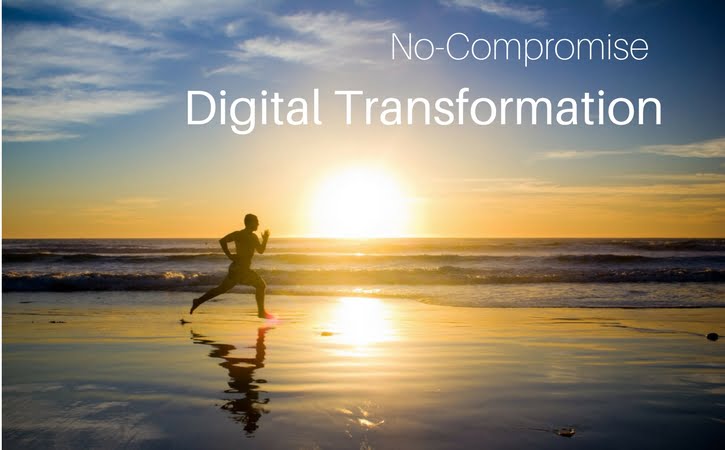What does Digital Transformation really mean? In post eight of our series, learn why it's essential to engage your employees as well as your customers.
Tradeoffs are necessary in business negotiations, but some things aren’t negotiable. You can’t sacrifice security for access, for example. You can’t inhibit business agility by making processes too complex. And when it comes to employees and customers, both have to be happy. A successful digital transformation shouldn’t require you to compromise.
Just as consumers factor the digital experience into their buying choice, employees, too, want to work for organizations who understand how to apply digital technologies in cool, innovative ways. Would-be employees expect consumer-like engagement with the systems they use at work, and will become frustrated if they don’t find it. Digitally transforming your internal systems and processes can help attract and retain employees—and empower them to do their jobs more efficiently.
Transformation and Employee Engagement
As you digitally transform, you must consider the entire stakeholder ecosystem by developing and deploying intuitive experiences for both customers and employees. Although it’s easy to get carried away with taking an approach to digital transformation that’s focused on great customer experiences, don’t neglect the transformation that must take place inside your organization. Your employees are the ones interacting with your customers; if they’re engaged, your business will benefit.
In fact, a recent study that looked at the correlation between employee engagement levels and profitability found companies with highly engaged employees grew profits up to 3X faster than those without. The way your company shows up to the public and to its customers depends on how you’ve empowered your employees to execute your business initiatives.
Take a Cohesive Transformation Approach
When planning your digital transformation, think about it as you would a multi-product strategy—a customer might interact with multiple products and brands you offer. There has to be a level of cohesiveness throughout all experiences, regardless of which product or brand is in question. So, although the customer experience is separate from the employee’s experience, they have to be tied together in a cohesive manner to achieve organizational success. This cohesion needs to be driven at the corporate level, where digital transformation begins.
References : www.progress.com



























